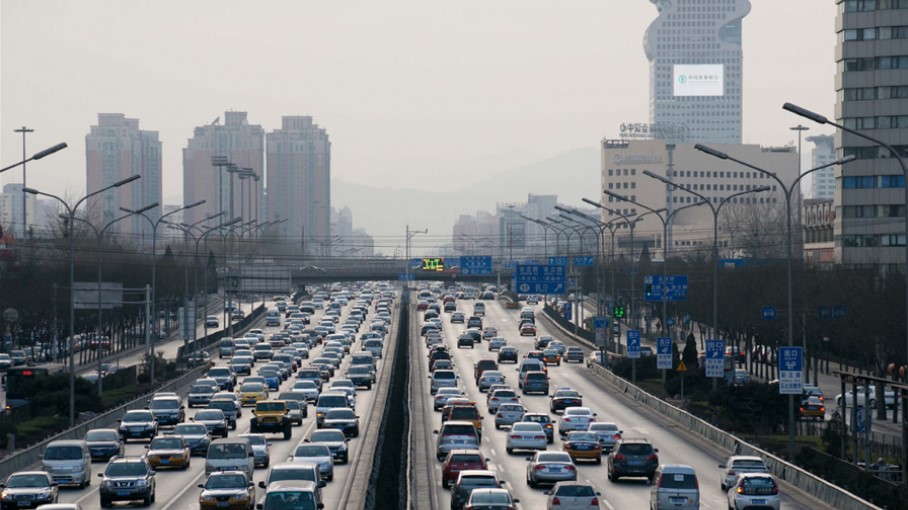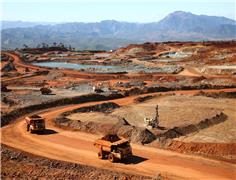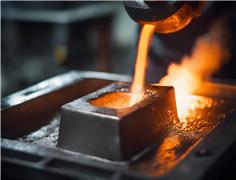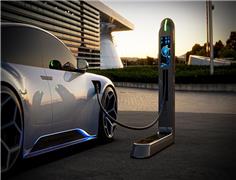- Write by:
-
Tuesday, December 21, 2021 - 13:36:41
-
388 Visit
-
Print

Mining News Pro - This time 20 years ago, China joined the World Trade Organization, kicking off a new era in the country’s automobile sector as overseas carmakers began to muscle in. Next year is also shaping up to be a banner one, particularly in China’s electric-vehicle segment.
Here are three things to expect in 2022.
Another explosive 12 months for new-energy vehicle sales
Sales of alternative-energy vehicles in China this year are forecast to reach around 3 million units, more than double 2020. About 75% of those cars are being bought by individual consumers and two-thirds are sold in cities where EVs don’t receive any preferable treatment around registration.
Next year will be the last when government purchase subsidies for electric cars are still in place. And yet EV deliveries are expected to hit 5 million and climb to as high as 20 million by 2030, according to think tank China EV 100. That shows China’s EV market is out of its infancy and beginning to stand on its own feet.
EV penetration is going to be crucial if China is to meet its goal of achieving carbon neutrality by 2060. Getting greenhouse emissions down from the transport sector is a bigger challenge than in nations with more developed automobile markets because car ownership is still low (about a quarter of that in the US) and growing quickly.
That makes the acceptance of EVs in China even more vital. If EV sales can account for half of all new auto sales by 2030, then emissions from cars, excluding those produced during their manufacture, will peak by 2028, China EV 100 says.
A new chapter for foreign players
As of 2022, China will allow all overseas passenger automakers to play solo, removing a three-decade long mandate that foreign car companies must operate in China via a joint venture with a local firm and hold no more than a 50% stake in that entity. (China scrapped foreign ownership limits on new-energy vehicle manufacturers in 2018, followed by commercial-vehicle makers in 2020.)
This newfound freedom may not lead to the rush of deal-making you may think, with international automakers seeking to step out on their own. The interests of many foreign and local carmakers have become tangled through their years of marriage; at the same time, surging EV sales at Chinese automakers means their share of the market is at an historic high.
The profitability of some joint ventures has seriously deteriorated amid this competition and so it’s possible local partners may be the ones trying to exit or scale down their exposure, Cui Dongshu, secretary-general of China Passenger Car Association, said earlier this month, without elaborating.
To stand up to the tide, international automakers have already begun to strengthen their individual electrification efforts. Toyota aims to boost sales of NEVs in China by 50% to 2.7 million units by 2025 with the introduction of over 30 models. Volkswagen is going on the offensive with its electric city car the ID.3, while Honda has said all its new models to be added in China will be electric by 2030.
A close regulatory eye on the EV supply chain
Authorities in China are paying increasing attention to any possible weak links that could undermine the EV sector after weathering this year’s chip shortage, which still disrupts production to this day.
Automakers in the country rely on imports for raw materials like cobalt and lithium but also refrigerants that are used in a car’s heat-management system and the high-wear resistance bearing steel that’s needed for electric motors. The list goes on.
With expectations for around 300 million NEVs on China’s roads by 2040, expect more policy initiatives to shore up supply lines.
Short Link:
https://www.miningnews.ir/En/News/617304

Interros, Nornickel’s largest shareholder, on Monday called allegations by fellow shareholder Rusal about undervalued ...

Chile’s state-run miner Codelco plans to select a partner for a future lithium project in one of the country’s top salt ...

The London Metal Exchange (LME) on Saturday banned from its system Russian metal produced on or after April 13 to comply ...

Chile’s SQM called another investors meeting at the request of its second-largest shareholder, Tianqi Lithium Corp., ...

French mining group Eramet said on Wednesday it had reached an agreement with the French government to continue its ...

Lithium supplier Vulcan Energy on Wednesday announced the start of production of the first lithium chloride at its ...

A stuttering recovery in lithium prices is providing a fresh reminder of why the dramatic rally of recent years was ...

Copper jumped to its highest intraday price since January 2023 as the bellwether industrial metal faces rising tighter ...

A US and European Union push to reach an accord on fostering critical mineral supply chains is set to miss another ...
No comments have been posted yet ...